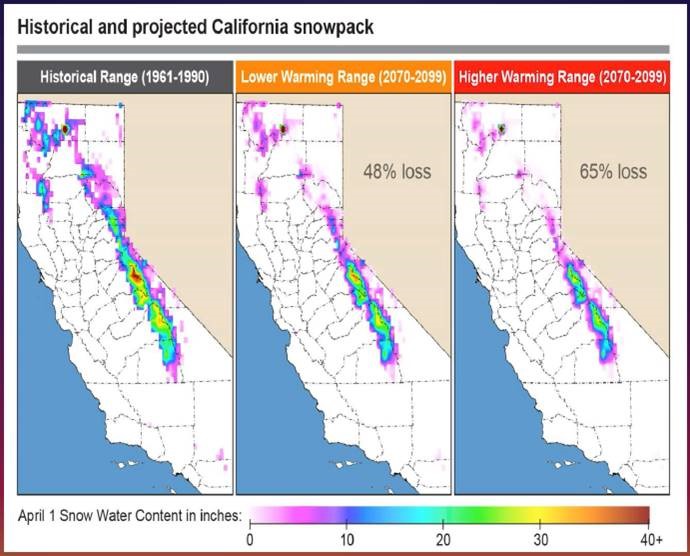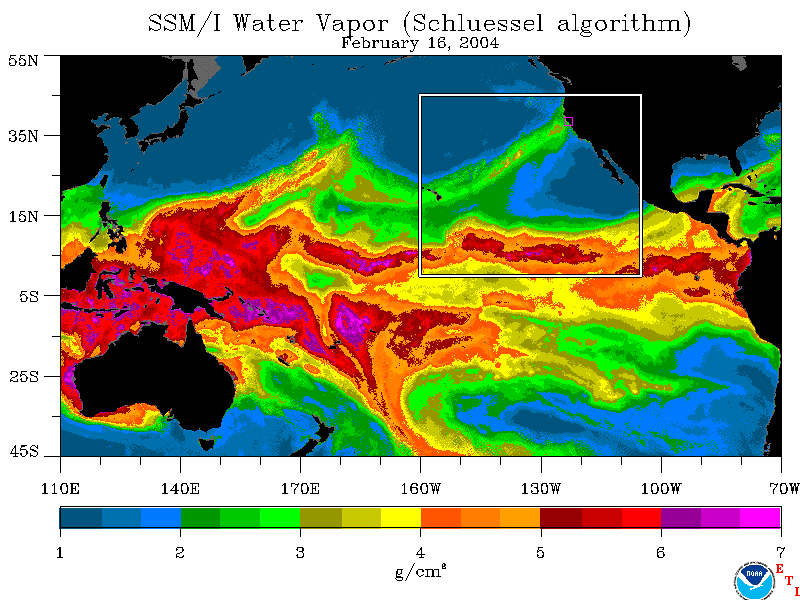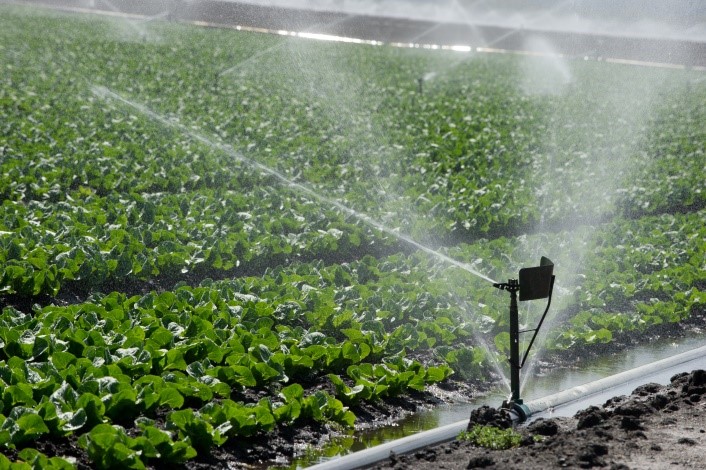Climate Change and Water
Climate change is already impacting water and other resources in California, and will continue to do so as California’s population and demand for water increases. The DWR Climate Change Team works to inform staff and the public about the basics of climate science and climate change vulnerabilities in the water sector.

Historical and projected California snowpack.
Snowpack
Increases in temperature are already causing decreases in snowpack. The mountain snowpack provides as much as a third of California’s water supply by accumulating snow during our wet winters and releasing it slowly during our dry springs and summers. Warmer temperatures will melt the snow faster and earlier, making it more difficult to store and use throughout the dry season. By the end of this century, California’s Sierra Nevada snowpack is projected to experience a 48-65% loss from the historical April 1 average. This significant decrease in snowpack has a direct impact on water supply for Californians.
Weather Extremes and Sea Level
Climate change is expected to result in more variable weather patterns throughout California. More variability can lead to longer and more severe droughts and floods, which present significant challenges to California water supply.

Rising sea level will bring more saltwater into the Sacramento-San Joaquin Delta—the heart of the California water supply system and the source of water for 25 million Californians and millions of acres of prime farmland. To keep out the salt water out, more freshwater will need to be pushed through the Delta, decreasing the amount of water available for people who rely on it. Rising sea level also presents coastal flood hazards from storm surges, as well as saltwater intrusion in coastal aquifers.
We collaborate with the California Ocean Science Trust (OST) and the Scripps Institution of Oceanography (SIO) to prepare a Technical Methods Manual and quick-quide for coastal communities to help them adapt to coastal flood hazards caused by climate change. The project was funded by a grant from the National Oceanic and Atmospheric Administration’s Coastal and Ocean Climate Applications program funded for the project, with additional support from DWR.
Impacts to Agriculture
One important destination for water captured and distributed by the State Water Project is agriculture, and it is not immune to the effects of climate change. California’s agricultural economy developed under expectations of reasonably static hydrology. A rise in average temperature and number of hot days may not be detrimental to crop production, but sourcing adequate water and plant nutrition to combat these and other stressors may cause problems. Some regions in the state may actually benefit from warmer temperatures, as a longer growing seasons could potentially result in higher yields. Extreme weather, however, combined with water scarcity from droughts and increased pest species can easily outweigh these benefit

Less reliability of water sources due to climate change, in the face of increased population, poses grave challenges for the future of California agriculture. Luckily, we have several strategies available to mitigate and adapt to these challenges.
Mitigation: In the short term, mitigation will help to minimize the effects of future climate change by reducing greenhouse gases (GHGs) emitted into the atmosphere. This can be accomplished by reducing on-farm energy, reducing methane release through nutrient and irrigation management plans, and implementing methane digestion systems as a source of renewable energy. Lighting, pumps, and climate control systems are all potential areas in which energy consumption can be upgraded and made more efficient.
Adaptation: Agriculture can adapt to climate change by breeding for drought resistance and heat and inundation tolerance to help sustain through extreme periods. Genetic diversity would help reduce losses from disease and pests, and technological improvements can increase crop production while farmed land decreases.
